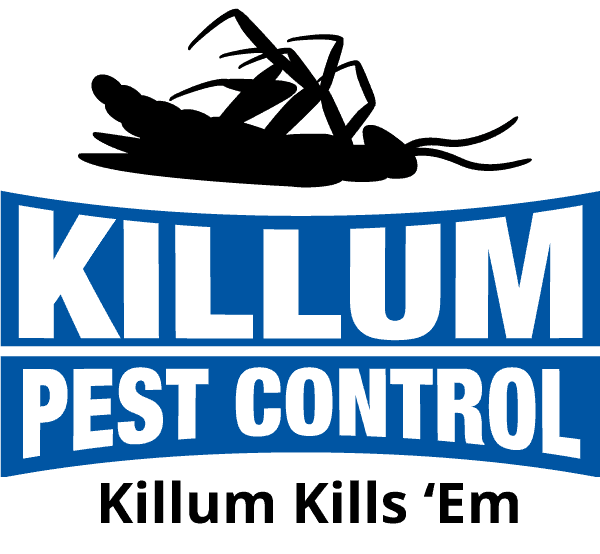Living in Texas means dealing with a diverse array of pests, and few are as infamous as the red imported fire ants. These aggressive insects can create immense difficulties for both residences and commercial properties throughout the state.
A clear understanding of fire ants’ behavior, biology, and control methods is essential for managing their presence in and around your home or business. Killum Pest Control, Inc., the area’s premier residential and commercial pest control service provider, is committed to offering expert guidance and professional assistance in tackling fire ant problems in the Texas Gulf Coast region.
This blog post will explore intriguing regional facts about these stinging insects, their impact on Texas residents and agriculture, and proven strategies for managing fire ant populations. By staying informed and proactive, you can protect your family, property, and pets from the hazards posed by fire ants.
Our service area encompasses Houston, Pearland, Friendswood, League City, Seabrook, Missouri City, Manvel, Sugarland, Alvin, Angleton, Lake Jackson, Clute, Richwood, Freeport, West Columbia, and many other cities in Brazoria, Ft. Bend, Harris, and Galveston counties.
Join us as we delve into the world of Texas fire ants and arm yourself with the knowledge and insights needed to manage these unwelcome intruders effectively. Our expert team at Killum Pest Control, Inc. is here to help safeguard your property and well-being from these stinging pests through our comprehensive pest control solutions and industry expertise.
The Impact of Texas Fire Ants
The red imported fire ant, a non-native species from South America, was accidentally introduced to the United States in the 1930s. Adaptable and aggressive, these ants have since established a solid presence throughout the southern states, including Texas, where they have become a significant concern for property owners.
Economic Effects:
1. Agriculture and Wildlife: Fire ants can damage crops, harm livestock, and threaten native wildlife populations. Their extensive tunneling can lead to soil erosion and weakened root systems, posing a hazard to both residential’s and commercial properties.
2. Property Damage: Mounds built by fire ants can obstruct or damage equipment and machinery, resulting in costly repairs and downtime for businesses and homeowners.
Health Risks:
1. Invasive Ant Stings: Fire ants are notoriously aggressive and will sting humans and animals if their nests are disturbed. Their venom induces a burning sensation and can cause pain, itching, and potentially severe allergic reactions.
2. Children and Pets: Young children and pets are most vulnerable to fire ant stings as they may unknowingly disturb their nests while playing.
Fire Ant Identification: Know Your Foe
Fire ant workers vary in size (1/8 to 1/4 inch) and are reddish-brown. Their distinctive mounds can be recognized by their dome shape without a central opening. Mounds are typically found in sunny, open spaces and can measure up to 18 inches in diameter and 8 inches in height.
Effective Fire Ant Control Techniques
Managing fire ant populations on your property requires a proactive approach, employing both prevention tactics and targeted treatments to minimize their impact.
Prevention tactics:
1. Regular Inspection: Routinely check for fire ant mounds on your property, particularly after rainfall, as these pests often rebuild their nests after being disturbed by water.
2. Eliminate Food Sources: Fire ants primarily feed on proteins and sugars. Clean up spills, pet food, and waste to deprive them of potential food sources on your property.
3. Observe Safety Precautions: Wear protective clothing, such as closed-toed shoes, long pants, and gloves, when working in your yard. Educate children about the risks of fire ant stings and how to avoid them.
Control methods:
1. Baiting: Fire ant bait, which combines an attractive food source with a slow-acting insecticide, is a popular method for controlling infestations. Forage ants carry the bait back to their colony, where it is consumed by other ants, including the queen, leading to the eventual demise of the colony.
2. Mound Treatment: Drenching fire ant mounds with an approved liquid insecticide can provide targeted control. This method is best suited for small-scale infestations or when immediate action is required.
3. Professional Help: Enlist the assistance of a professional pest control company, like Killum Pest Control, Inc., to assess your property’s unique fire ant problem and develop an effective control plan.
The Importance of Professional Pest Control Services
Attempting to handle fire ant infestations on your own can lead to incomplete control and ongoing challenges. Partnering with a professional pest control service, like Killum Pest Control, Inc., ensures access to the most effective products and methods tailored to your property’s specific needs. Our expert team will work with you to develop a comprehensive fire ant management plan that includes ongoing monitoring and preventative measures, protecting your property from potential fire ant threats.
Conclusion
Understanding the unique challenges of Texas fire ants and proactively implementing prevention and control measures are key to maintaining a safe and comfortable living environment for your family, pets, and property. By enlisting the guidance of expert pest control professionals like Killum Pest Control, Inc., you can protect your home and property from these invasive stinging insects, ensuring year-round peace of mind.
Turn to Killum Pest Control, Inc. for expert advice, cutting-edge solutions, and exceptional service to safeguard your family, property, and well-being from the hazards of fire ants. Together, we can create an effective plan that keeps your Texas home and property a secure and inviting sanctuary, free from the menacing presence of fire ants. Inquire now!




